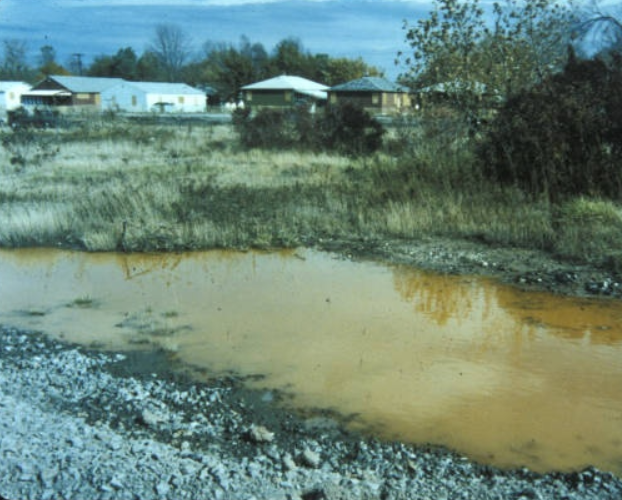
Love Canal became the subject of national and international attention after it was revealed in the press that the site had formerly been used to bury 22,000 tons of toxic waste by Hooker Chemical Company (now Occidental Petroleum Corporation).
The city of Niagara Falls began using the land as a landfill for chemical waste disposal and later the U.S. Army began burying waste from chemical warfare experiments. The Hooker Chemical and Plastics Corporation acquired the use of the site for private use in 1947 and buried 21,000 tons of toxic waste there over the next five years. After the site was filled, Hooker sold the Love Canal for one dollar to the Niagara Falls School Board in 1953, and the land was approved for residential use.
“Thirty-five years after Love Canal became a symbol of the dangers of toxic waste in residential neighborhoods, the legal and medical issues there are still playing out.” (as will happen with Riverview)…
Did the EPA learn NOTHING from The Love Canal tragedy? Did they “forget”? Or, are they just sellouts of humanity that don’t care as long as it doesn’t affect their families, while being paid off to turn a blind eye until the point where it can no longer be ignored with a subsequent bigger payoff in the form of a monetary “fine”, a mere slap on the wrist to the repeat offender while ignoring their repetitive careless contamination? These are questions that should be PUBLICLY ASKED of the EPA regarding their complicity in allowing land developers, (consisting of attorneys who know how to skirt the law), to have built a residential community on a similar toxic waste site in Riverview, Florida, ignoring the deadly consequences (until it becomes profitable not to).

To understand the ongoing battle in Riverview, it is important to fully comprehend the tragedy at the Love Canal. This heartfelt and thorough assessment By Eckardt C. Beck, Administrator of EPA Region 2, 1977-1979, was found on the EPA’s own website. Yet, to this day, the Love Canal has subsequently been swept under the rug again, as history repeats itself in Riverview, Florida.
The Love Canal Tragedy
by Eckardt C. Beck
EPA Journal – January 1979
But that’s not the most disturbing fact.
What is worse is that it cannot be regarded as an isolated event. It could happen again–anywhere in this country–unless we move expeditiously to prevent it.
It is a cruel irony that Love Canal was originally meant to be a dream community. That vision belonged to the man for whom the three-block tract of land on the eastern edge of Niagara Falls, New York, was named–William T. Love.
Love felt that by digging a short canal between the upper and lower Niagara Rivers, power could be generated cheaply to fuel the industry and homes of his would-be model city.
But despite considerable backing, Love’s project was unable to endure the one-two punch of fluctuations in the economy and Nikola Tesla’s discovery of how to economically transmit electricity over great distances by means of an alternating current.
By 1910, the dream was shattered. All that was left to commemorate Love’s hope was a partial ditch where construction of the canal had begun.

In the 1920s the seeds of a genuine nightmare were planted. The canal was turned into a municipal and industrial chemical dump-site.
Landfills can of course be an environmentally acceptable method of hazardous waste disposal, assuming they are properly sited, managed, and regulated. Love Canal will always remain a perfect historical example of how not to run such an operation.
In 1953, the Hooker Chemical Company, then the owners and operators of the property, covered the canal with earth and sold it to the city for one dollar.
It was a bad buy.
In the late ’50s, about 100 homes and a school were built at the site. Perhaps it wasn’t William T. Love’s model city, but it was a solid, working-class community. For a while.
On the first day of August, 1978, the lead paragraph of a front-page story in the New York Times read:
NIAGARA FALLS, N.Y.–Twenty five years after the Hooker Chemical Company stopped using the Love Canal here as an industrial dump, 82 different compounds, 11 of them suspected carcinogens, have been percolating upward through the soil, their drum containers rotting and leaching their contents into the backyards and basements of 100 homes and a public school built on the banks of the canal.
In an article prepared for the February, 1978 EPA Journal, I wrote, regarding chemical dump-sites in general, that “even though some of these landfills have been closed down, they may stand like ticking time bombs.” Just months later, Love Canal exploded.
The explosion was triggered by a record amount of rainfall. Shortly thereafter, the leaching began.
I visited the canal area at that time. Corroding waste-disposal drums could be seen breaking up through the grounds of backyards. Trees and gardens were turning black and dying. One entire swimming pool had been had been popped up from its foundation, afloat now on a small sea of chemicals. Puddles of noxious substances were pointed out to me by the residents. Some of these puddles were in their yards, some were in their basements, others yet were on the school grounds. Everywhere the air had a faint, choking smell. Children returned from play with burns on their hands and faces…

And then there were the birth defects. The New York State Health Department is continuing an investigation into a disturbingly high rate of miscarriages, along with five birth-defect cases detected thus far in the area.
RIVERVIEW, FLORIDA – PRESENT DAY
UPDATED October 2022
Pollution from Florida’s phosphate mining industry a concern with Hurricane Ian
Published September 28, 2022
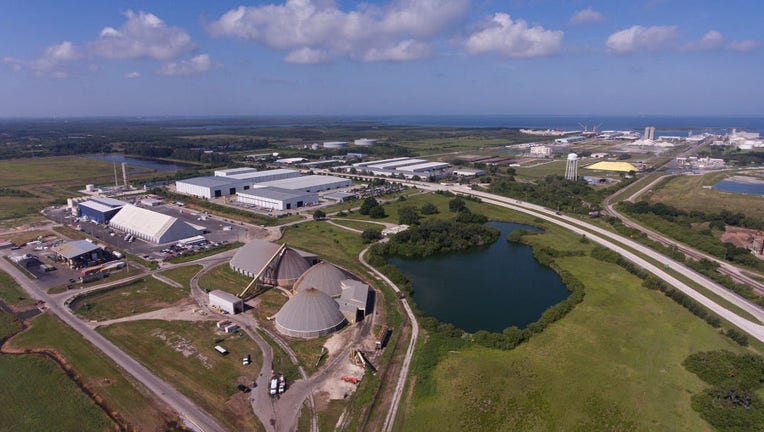
FILE – An aerial view of the location of the old Piney Point phosphate plant in Palmetto, Florida, on May 4, 2021. (Photo by Thomas O’Neill/NurPhoto via Getty Images) (Photo by Thomas O’Neill/NurPhoto via Getty Images)
ST. PETERSBURG, Fla. – The polluted leftovers of Florida’s phosphate fertilizer mining industry, more than 1 billion tons in “stacks” that resemble enormous ponds, are at risk for leaks or other contamination when Hurricane Ian comes ashore in the state, environmental groups say.
Florida has 24 such phosphogypsum stacks, most of them concentrated in mining areas in the central part of the state. About 30 million tons of this slightly radioactive waste is generated every year, according to the Florida Industrial and Phosphate Research Institute.
“A major storm event like the one we are bracing for can inundate the facilities with more water than the open-air ponds can handle,” Ragan Whitlock, staff attorney for the Center for Biological Diversity environmental group, said in an email Tuesday.
“We are extremely concerned about the potential impacts Hurricane Ian may have on phosphate facilities around the state,” Whitlock added.
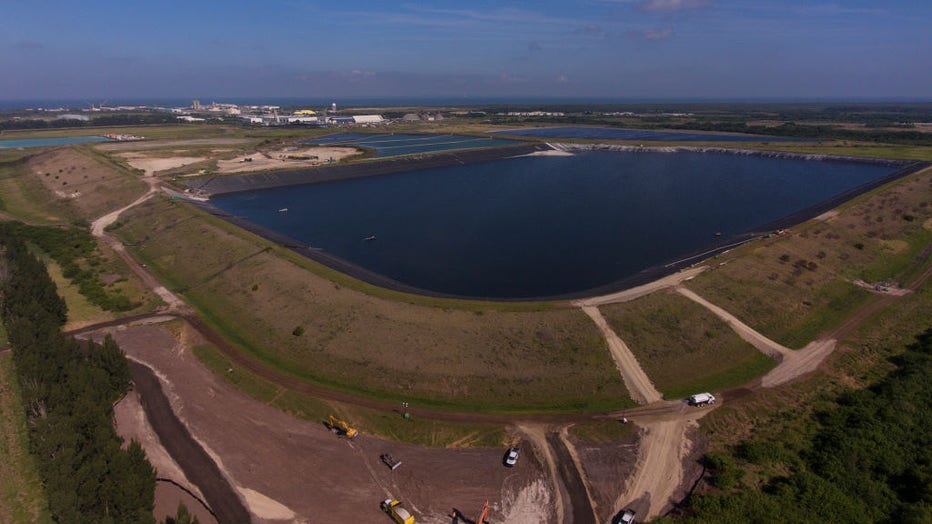
FILE – An aerial view of the partially drained New Gypsum Stack South wastewater reservoir at Piney Point in Palmetto, Florida, on May 4, 2021. (Photo by Thomas O’Neill/NurPhoto via Getty Images)(Photo by Thomas O’Neill/NurPhoto via Getty Images)
A leak in March 2021 at a stack called Piney Point resulted in the release of an estimated 215 million gallons of polluted water into Tampa Bay, causing massive fish kills. State officials, overseen by a court-appointed receiver, are working with a $100 million appropriation to shut down that long-troubled location.
“During the past six months, the receiver has made significant progress toward closing the facility,” lawyers for Gov. Ron DeSantis said in a court filing Monday.
But the Center for Biological Diversity, which sued with other groups to close down Piney Point, noted that 4.5 million additional gallons of wastewater were released into Tampa Bay in August.
“The imminent and substantial endangerment to the environment and human health and safety posed by Piney Point has not been abated” since a judge ordered a six-month stay in the case.
javascript:false
What’s in the Piney Point wastewater?
Experts fear the water could feed algae blooms that will choke out fish and could even be harmful to humans. Craig Patrick explains what we’ve seen elsewhere in Florida.
Piney Point wastewater leak: A history of the former phosphate plant site
Hurricane Ian is expected to make landfall in southwest Florida on Wednesday before cutting through the state — very close to many of the gypsum stacks.
State Department of Environmental Protection records show that Piney Point has about 24 inches (60 centimeters) of rainfall capacity. Another facility in the Tampa Bay area, operated by phosphate giant Mosaic Co., has just over 9 inches (22 centimeters) of rainfall capacity.
javascript:false
Ian strengthens to Category 4 hurricane
Hurricane Ian is turned into a Category 4 storm with maximum sustained winds of 155 mph, just 2 mph shy of Category 5 intensity, early Wednesday morning.
A spill could seriously damage rivers and other wetlands near the stacks, according to Jim Tatum of the Our Santa Fe River nonprofit group.
“Valuable aquatic and vegetative resources never fully recover from a spill,” Tatum wrote on the organization’s website. “As the highly acidic, radioactive slime makes its way to the receiving waters, entire aquatic ecosystems are impacted.”
A Mosaic spokeswoman did not respond to an email Tuesday seeking comment.
Phosphate has been mined in Florida since 1883. It’s used mainly for fertilizer to produce food, animal supplements and a variety of industrial products. Land used in mining is required to be “reclaimed,” or brought as close as possible back to its original state.
The byproducts that wind up in the stacks, however, have few uses acceptable to federal regulators. They can contain radioactive uranium, thorium and radium along with toxic metals such as barium, cadmium and lead, according to the environmental group ManaSota 88.
Fertilizers are made from phosphate rock that contains naturally occurring uranium and thorium, which decay to radium, and radium decays to the radioactive gas radon, the Environmental Protection Agency says. Class-action lawsuits have claimed health effects for people living near the mining waste.
“Phosphate companies have had over 70 years to figure out a way to dispose of radioactive gypsum wastes in an acceptable manner, but they have yet to do so,” said Glenn Compton, chairman of ManaSota 88. –“

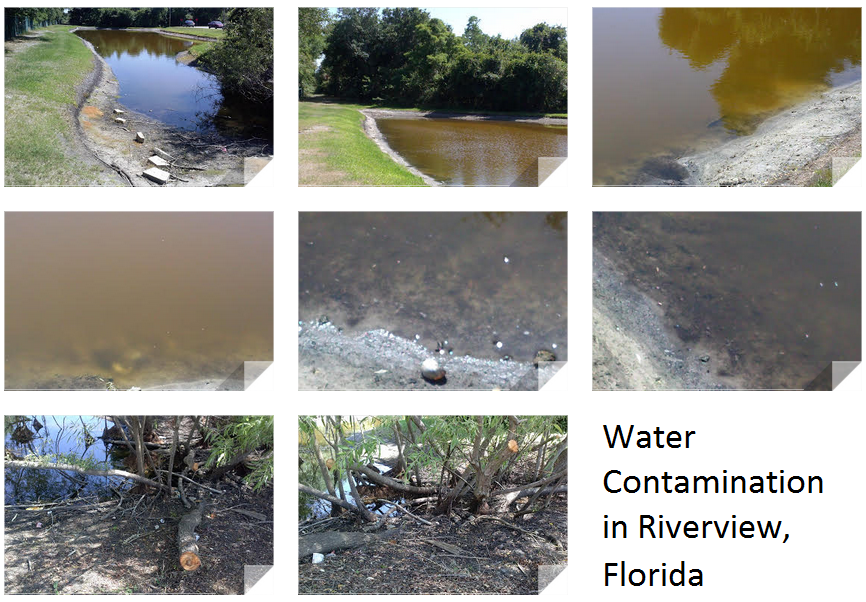


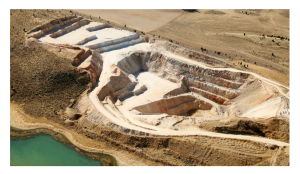


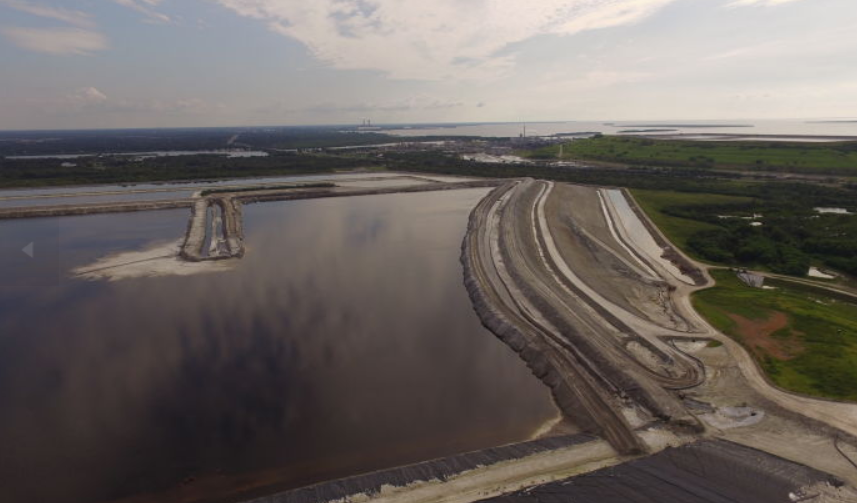





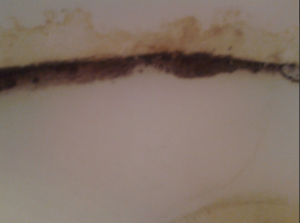

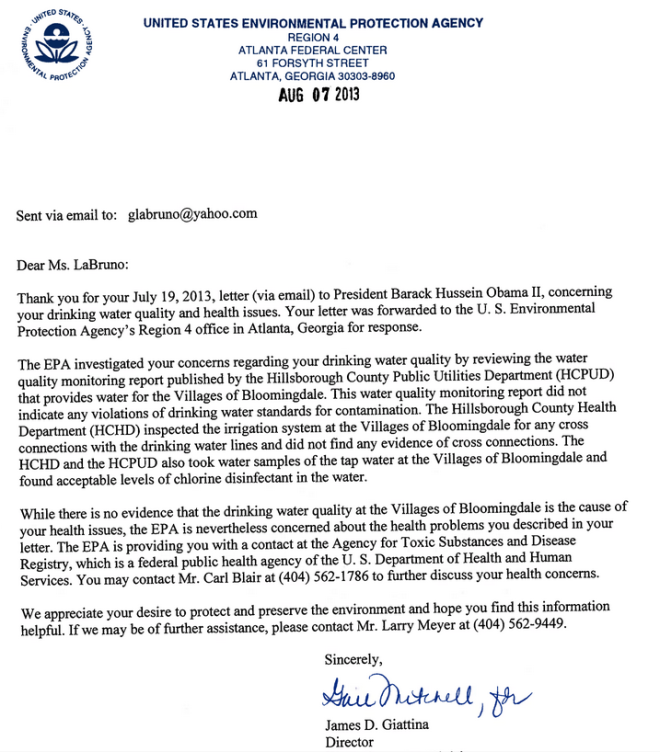
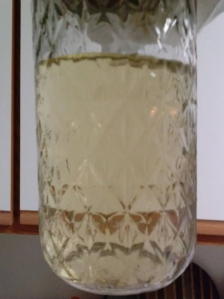

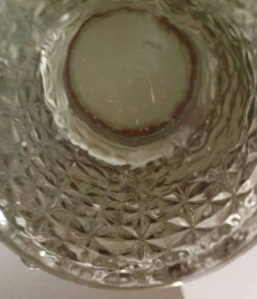

You must be logged in to post a comment.